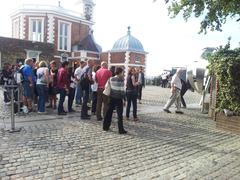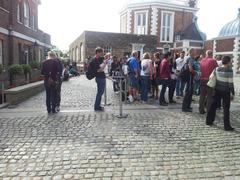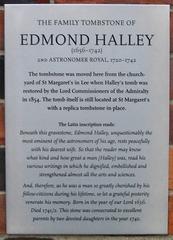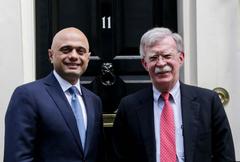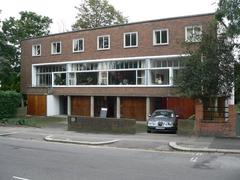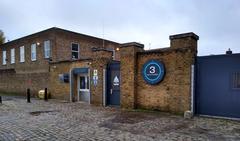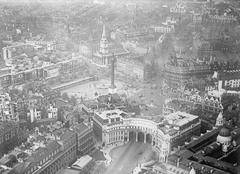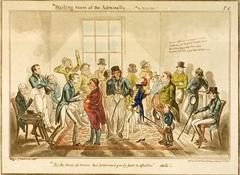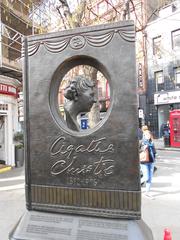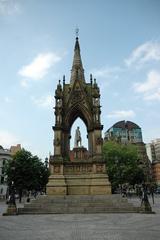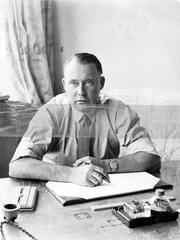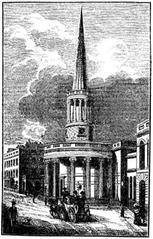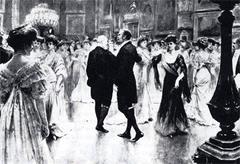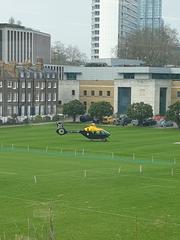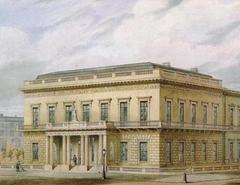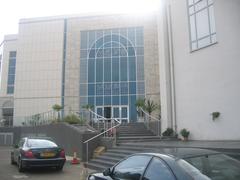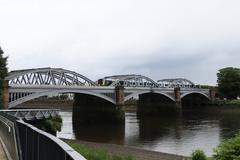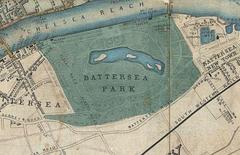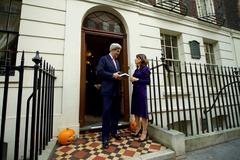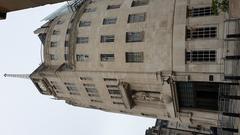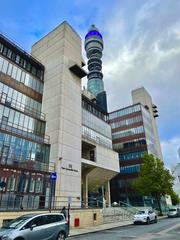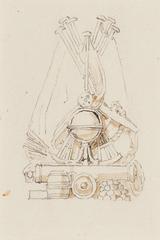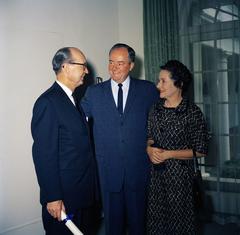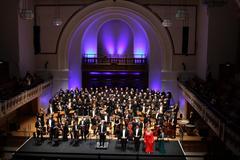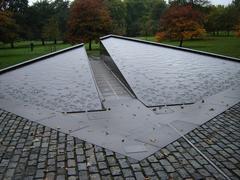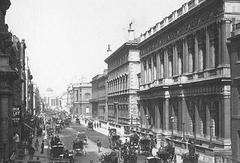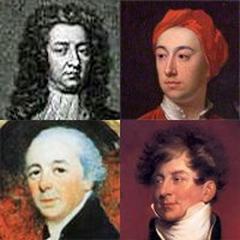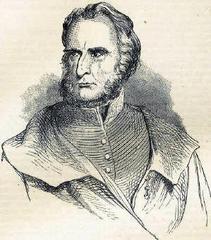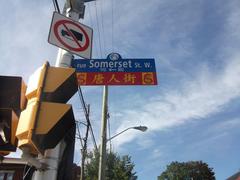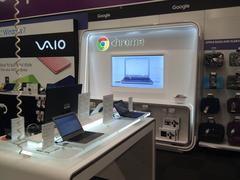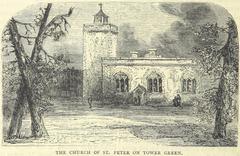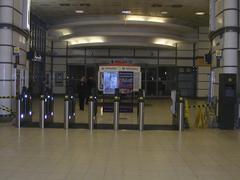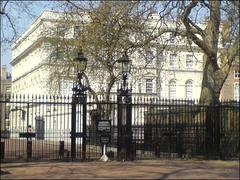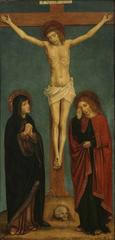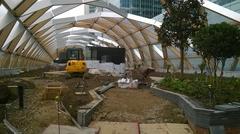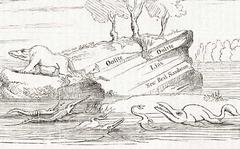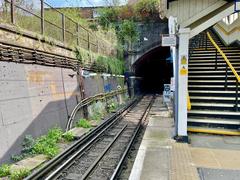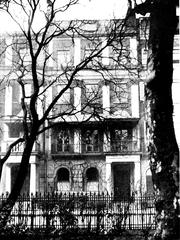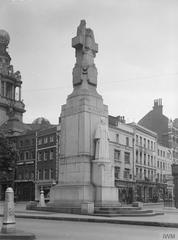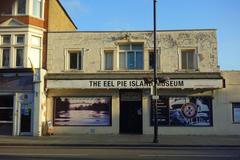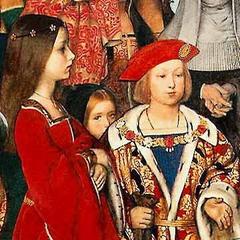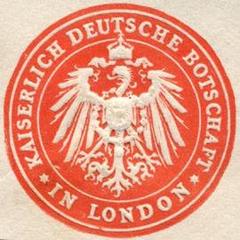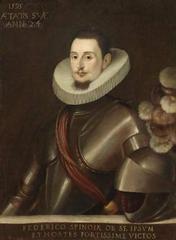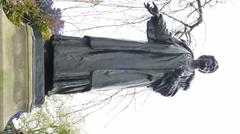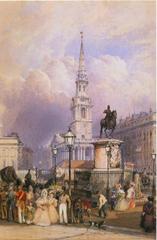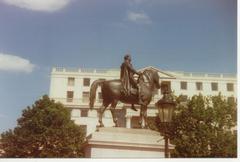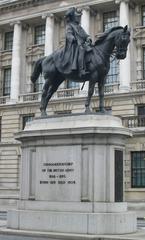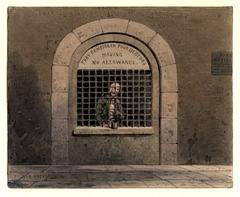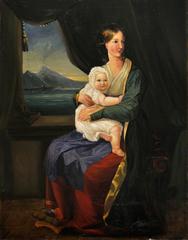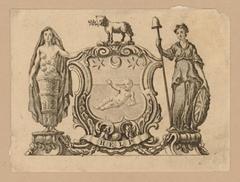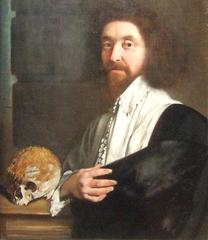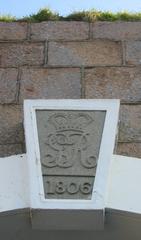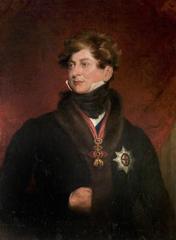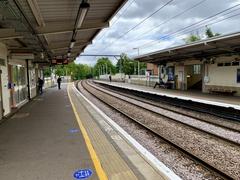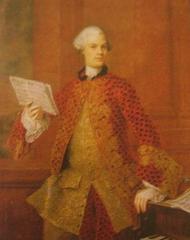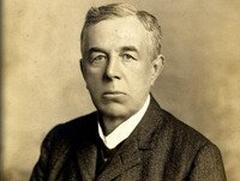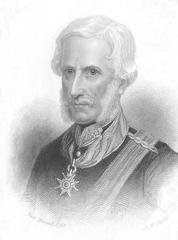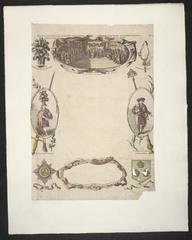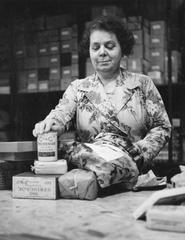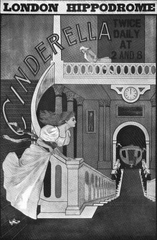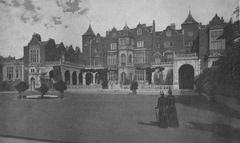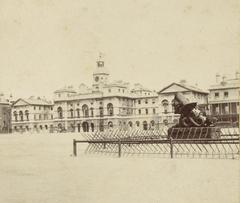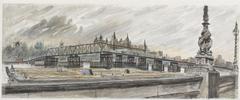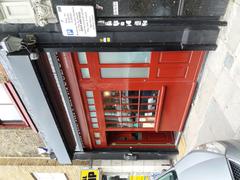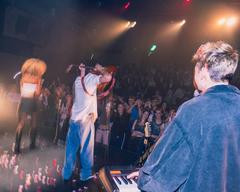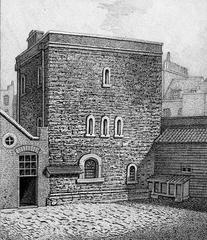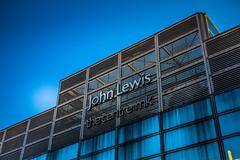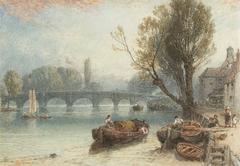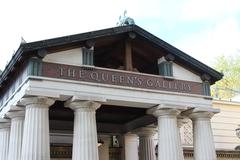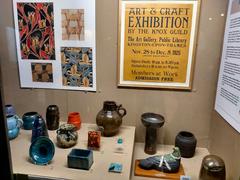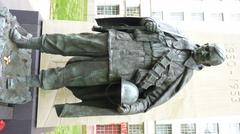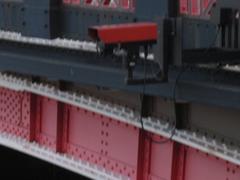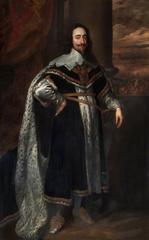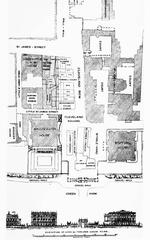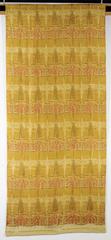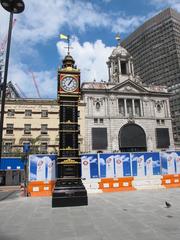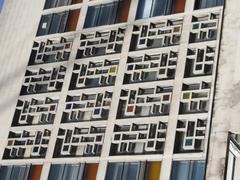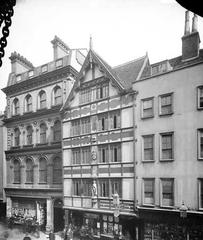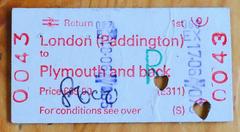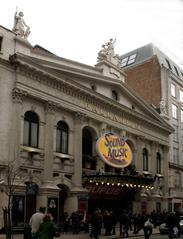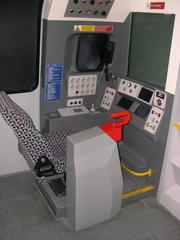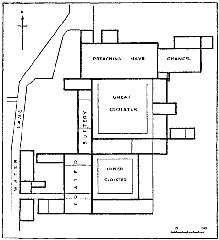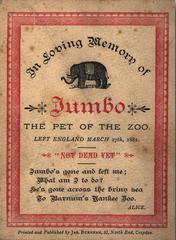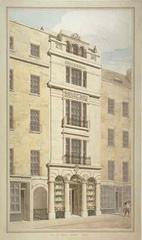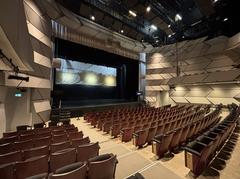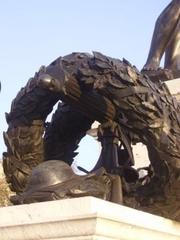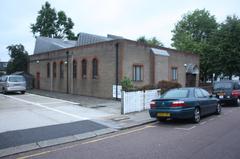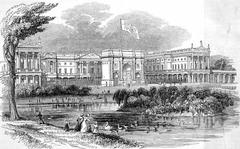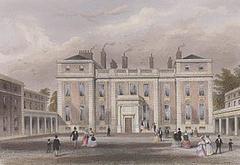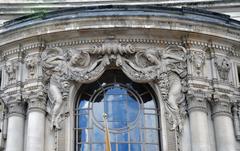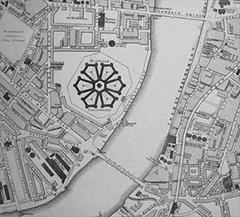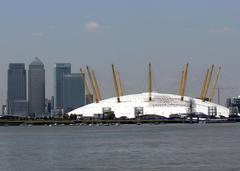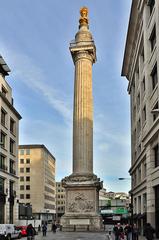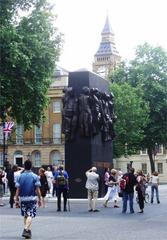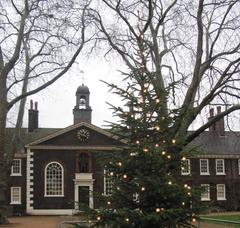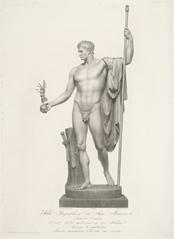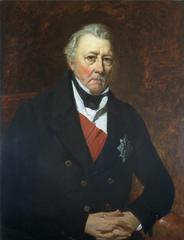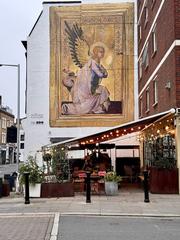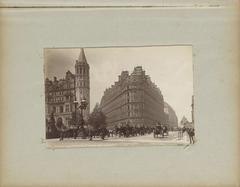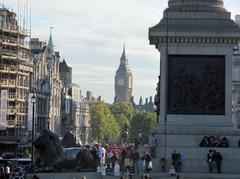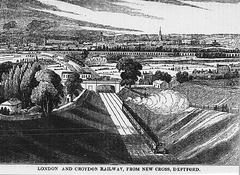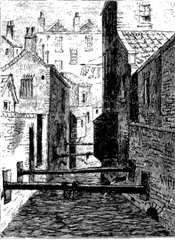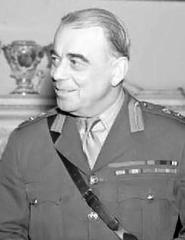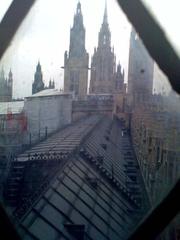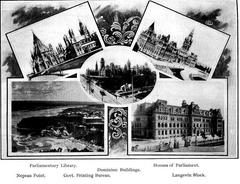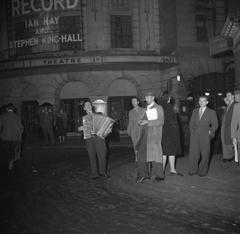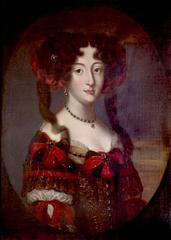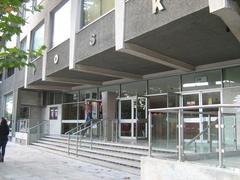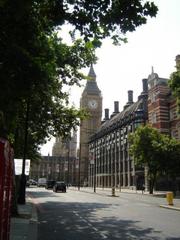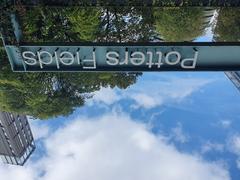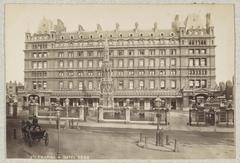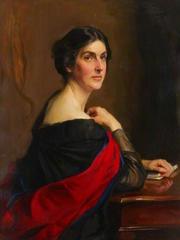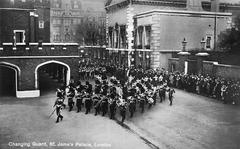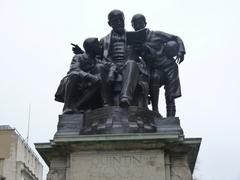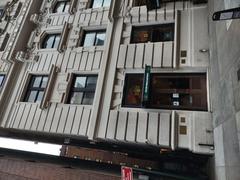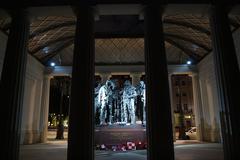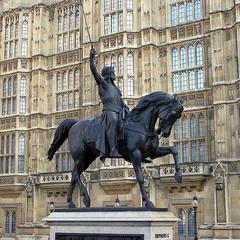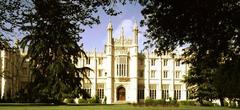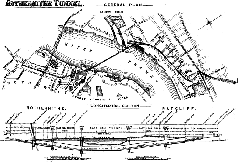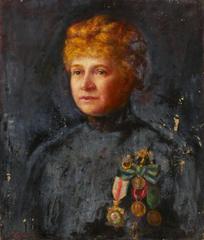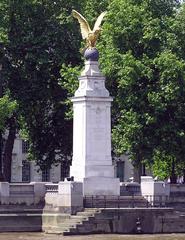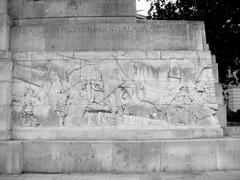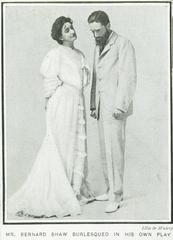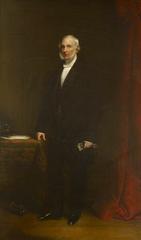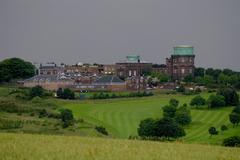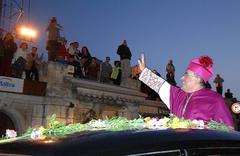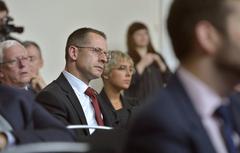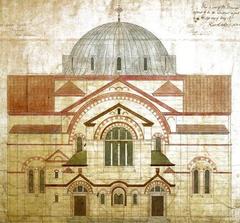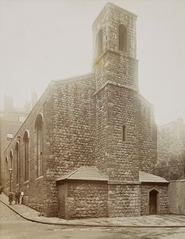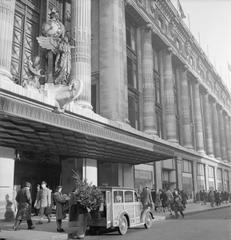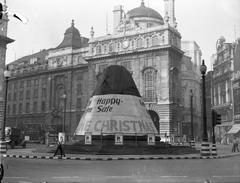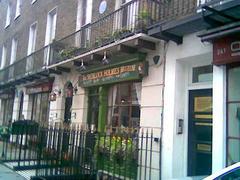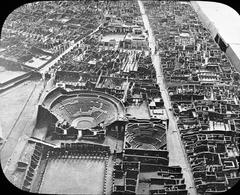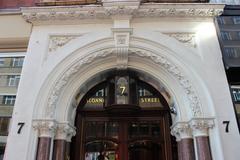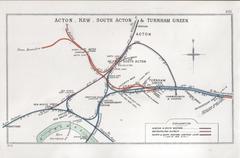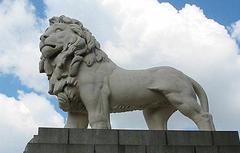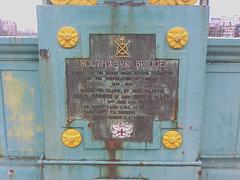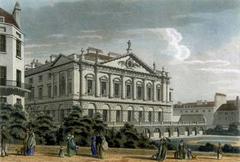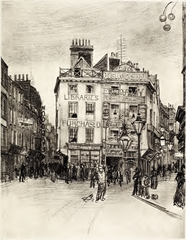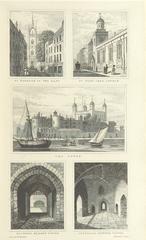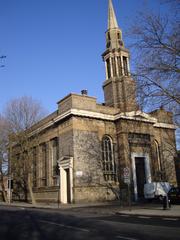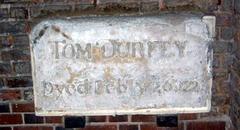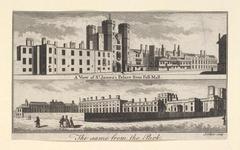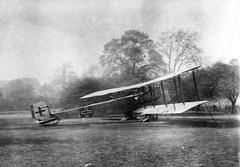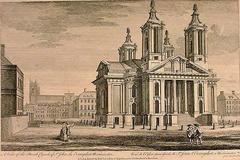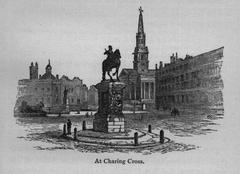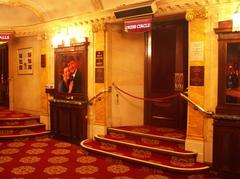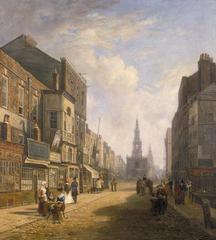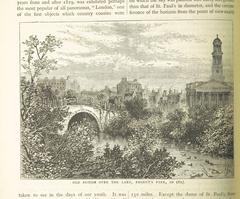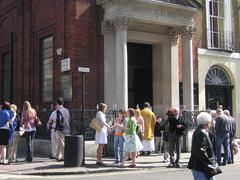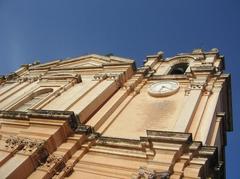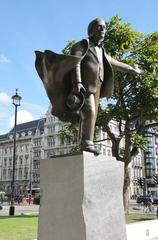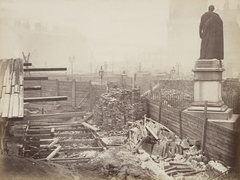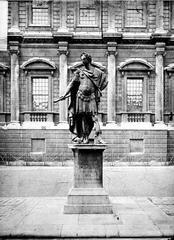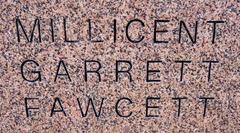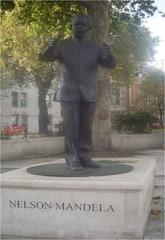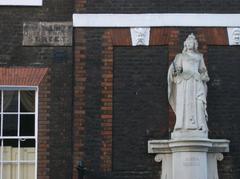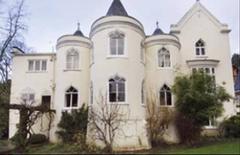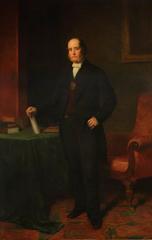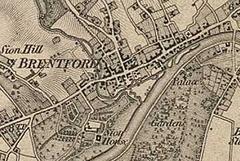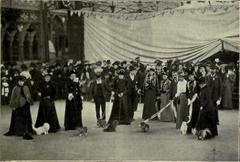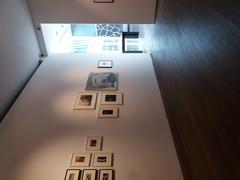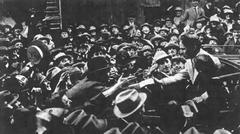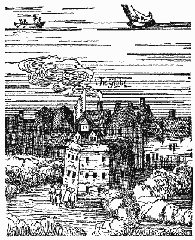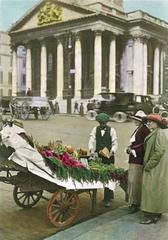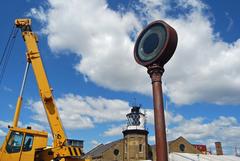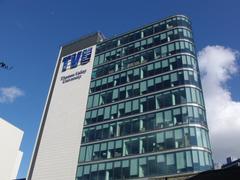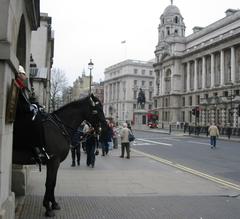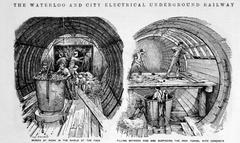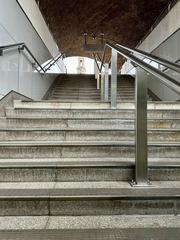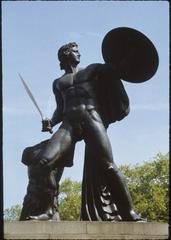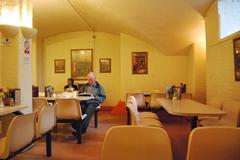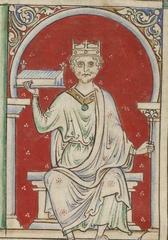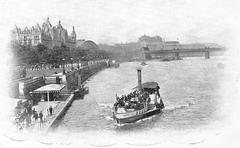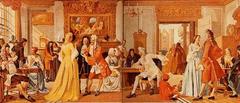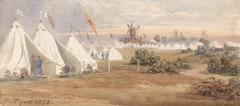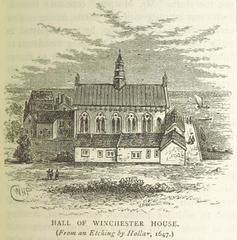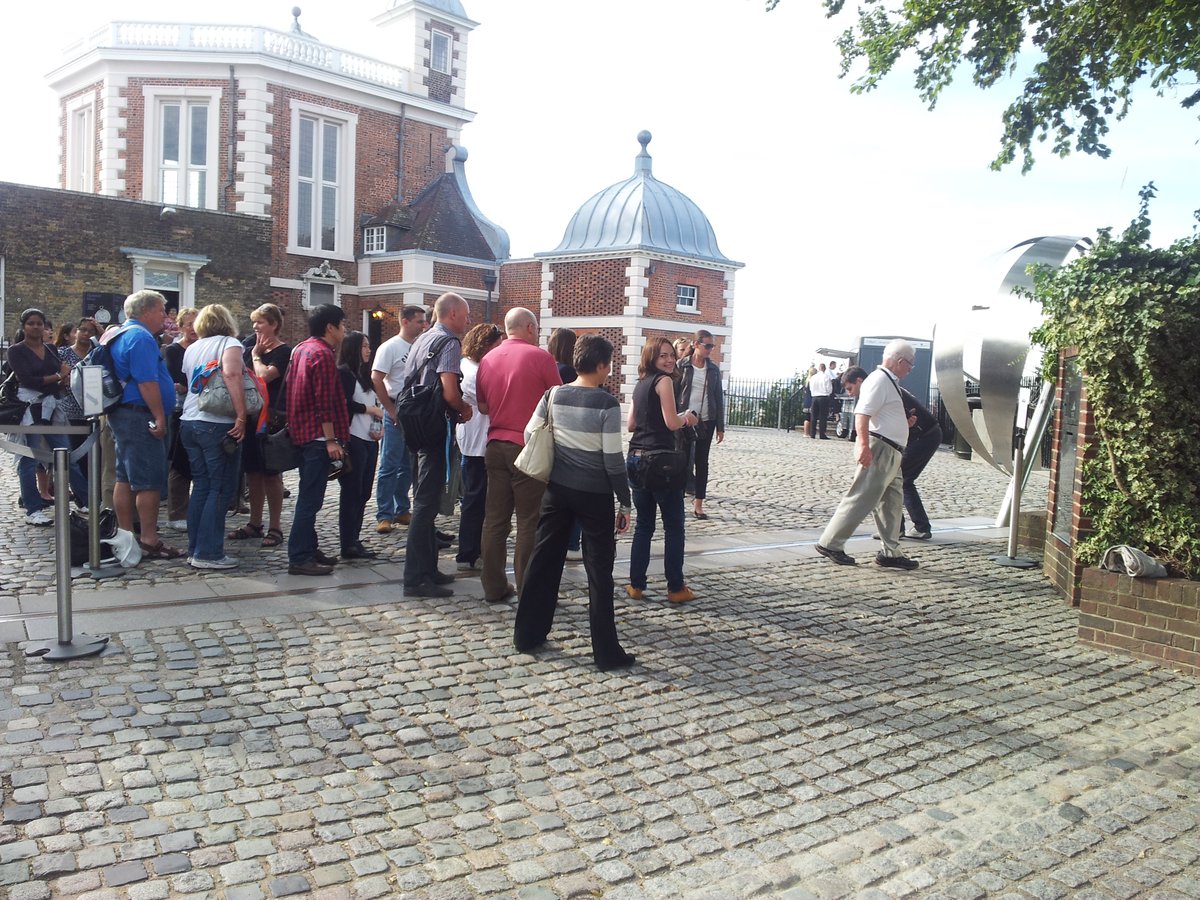
Royal Observatory Greenwich Visiting Guide
Date: 18/07/2024
Why Visit the Royal Observatory Greenwich
Perched atop a hill in London’s Greenwich Park, the Royal Observatory Greenwich is an extraordinary blend of history, science, and human ambition. Established in 1675 by King Charles II, the Observatory is a cornerstone of astronomical and navigational history. Designed by Sir Christopher Wren, it was originally built to address the critical issue of determining longitude at sea (Royal Museums Greenwich). Over centuries, it has been instrumental in the development of timekeeping, celestial navigation, and astronomical discovery. Notably, in 1884, the Greenwich Meridian was established as the world’s Prime Meridian, making Greenwich Mean Time (GMT) the global time standard (BBC). Today, the Royal Observatory Greenwich is a UNESCO World Heritage Site, offering visitors a unique opportunity to explore the wonders of the universe and the advancements in time measurement (UNESCO).
Overview of Guide Contents
- Introduction
- History and Significance
- Early Beginnings and Royal Patronage
- The First Astronomer Royal and the Quest for Longitude
- Greenwich Mean Time and the Prime Meridian
- Astronomical Discoveries and Innovations
- Moving with the Times
- Visitor Information
- Visiting Hours
- Tickets
- Accessibility
- Travel Tips
- Nearby Attractions
- Special Events and Tours
- Photographic Spots
- A Legacy Preserved: The Royal Observatory Today
- FAQ
- Conclusion and Call to Action
Exploring the Royal Observatory Greenwich
Introduction
Perched atop a hill in London’s Greenwich Park, the Royal Observatory Greenwich is more than just a museum; it’s a place where history, science, and human ambition intertwine. This article explores the rich history of this iconic site, practical visitor information, and what makes it one of London’s must-see historical sites.
History and Significance
The Royal Observatory Greenwich has a storied past that is deeply entwined with the evolution of navigation, astronomy, and our understanding of time itself.
Early Beginnings and Royal Patronage
The Observatory’s story begins in 1675 with King Charles II. Recognizing the critical need for accurate navigation at sea, he commissioned the building of an observatory to solve the problem of determining longitude. Sir Christopher Wren, the renowned architect of St. Paul’s Cathedral, chose the site within Greenwich Park, formerly a royal hunting ground. He also contributed to the design, incorporating parts of an existing tower, the Duke Humphrey’s Tower, into the building that would become the first Astronomer Royal’s residence, now known as Flamsteed House (Royal Museums Greenwich).
The First Astronomer Royal and the Quest for Longitude
King Charles II appointed John Flamsteed as the first Astronomer Royal. Tasked with creating a map of the stars for navigation, Flamsteed diligently catalogued over 3,000 stars over 40 years, a monumental task that formed the basis for modern star catalogues. However, the longitude problem proved more elusive. It wasn’t until the 18th century, with the development of accurate sea-going clocks by John Harrison, that the problem was finally solved (Royal Museums Greenwich).
Greenwich Mean Time and the Prime Meridian
The Observatory’s role in shaping our world extended beyond navigation. In 1884, the International Meridian Conference established the Greenwich Meridian, the line of 0 degrees longitude, passing directly through the Observatory, as the world’s Prime Meridian. This decision effectively made Greenwich Mean Time (GMT) the global time standard, a system still used today as Coordinated Universal Time (UTC) (BBC).
Astronomical Discoveries and Innovations
Over the centuries, the Royal Observatory Greenwich has been at the forefront of astronomical discovery. Astronomers Royal, including Edmond Halley (discoverer of Halley’s Comet) and George Biddell Airy (who modernized the Observatory and established a magnetic observatory), made significant contributions to our understanding of the universe. The Observatory housed cutting-edge instruments like the 28-inch refracting telescope, one of the largest of its kind at the time, used to photographically map the stars and study their composition (Royal Museums Greenwich).
Moving with the Times
The 20th century brought challenges. Light pollution from the growing city of London began to hinder observations. In 1957, the Observatory moved to Herstmonceux Castle in Sussex, seeking clearer skies. While the astronomers and their instruments relocated, the original site in Greenwich Park remained a testament to its historical and scientific legacy, becoming a museum in 1960 (Royal Museums Greenwich).
Visitor Information
Planning a visit to the Royal Observatory Greenwich? Here’s what you need to know:
- Visiting Hours: The Observatory is open daily from 10:00 AM to 5:00 PM. Check the official website for any changes in hours or special holiday schedules.
- Tickets: Tickets for the Royal Observatory Greenwich can be purchased online or at the site. Prices are approximately £16 for adults and £8 for children. Discounts are available for seniors, students, and families.
- Accessibility: The site is wheelchair accessible, with ramps and lifts available at key points. Assistance dogs are welcome.
- Travel Tips: The Observatory is easily accessible by public transport. The nearest stations are Greenwich (DLR and National Rail) and Cutty Sark (DLR). From there, it’s a short walk through Greenwich Park.
- Nearby Attractions: Don’t miss the nearby Cutty Sark, National Maritime Museum, and the Queen’s House, all within walking distance.
Special Events and Tours
The Royal Observatory Greenwich hosts various special events throughout the year, including stargazing nights, workshops, and lectures. Guided tours are also available, offering in-depth insights into the history and function of the Observatory and its instruments.
Photographic Spots
For photography enthusiasts, the Prime Meridian Line and the panoramic views from the Observatory hill are must-capture moments. The historic telescopes and the Peter Harrison Planetarium also provide excellent photo opportunities.
A Legacy Preserved: The Royal Observatory Today
Today, the Royal Observatory Greenwich is a UNESCO World Heritage Site and one of London’s most popular attractions. Visitors can stand astride the Prime Meridian, touch a piece of the actual Meridian Line, and explore the historic telescopes housed within Flamsteed House and the Meridian Building. The Observatory also boasts the Peter Harrison Planetarium, offering immersive shows about the cosmos (UNESCO).
FAQ
- What are the Royal Observatory Greenwich visiting hours? The Observatory is open daily from 10:00 AM to 5:00 PM.
- How much are tickets for the Royal Observatory Greenwich? Tickets are approximately £16 for adults and £8 for children, with discounts available for seniors, students, and families.
- Is the Royal Observatory Greenwich wheelchair accessible? Yes, the site is wheelchair accessible.
- What are some nearby attractions? Nearby attractions include the Cutty Sark, National Maritime Museum, and the Queen’s House.
- Are there guided tours available? Yes, guided tours offering in-depth insights are available.
Conclusion and Call to Action
Visiting the Royal Observatory Greenwich is a journey through time and scientific discovery. It’s a place to marvel at the ingenuity of past astronomers, to grasp the significance of timekeeping and navigation, and to be inspired by the vastness of the universe we inhabit. Plan your visit today and step into a world where history and science come alive. For more information and to purchase tickets, visit the Royal Observatory Greenwich official website.
Summary and Final Thoughts
Visiting the Royal Observatory Greenwich is more than just an educational trip; it’s a journey through time and scientific discovery. From standing astride the Prime Meridian to exploring the historic Flamsteed House and marveling at John Harrison’s revolutionary timekeepers, the Observatory offers a multifaceted experience that captivates both the mind and the spirit. The panoramic views from the Observatory hill, coupled with the interactive exhibits and planetarium shows, make it a must-visit for anyone interested in astronomy, timekeeping, or the history of science. The Royal Observatory Greenwich continues to be a beacon of knowledge and inspiration, preserving its legacy while educating future generations about the vastness of the universe and the ingenuity of human endeavor. Plan your visit today and step into a world where history and science come alive. For more information and to purchase tickets, visit the Royal Observatory Greenwich official website.
References
- Royal Museums Greenwich, n.d., Royal Observatory
- BBC, n.d., John Harrison
- UNESCO, n.d., Maritime Greenwich
